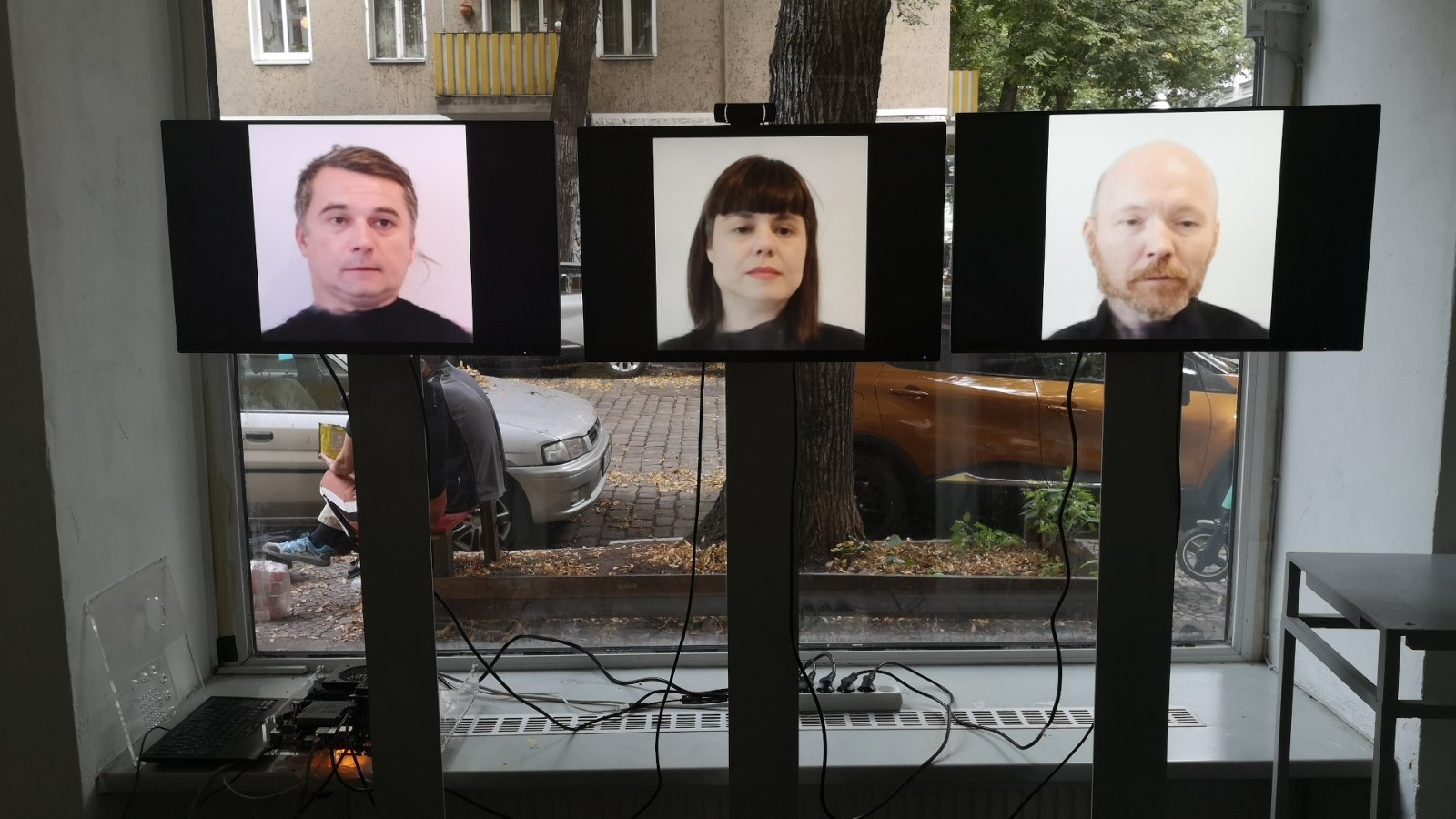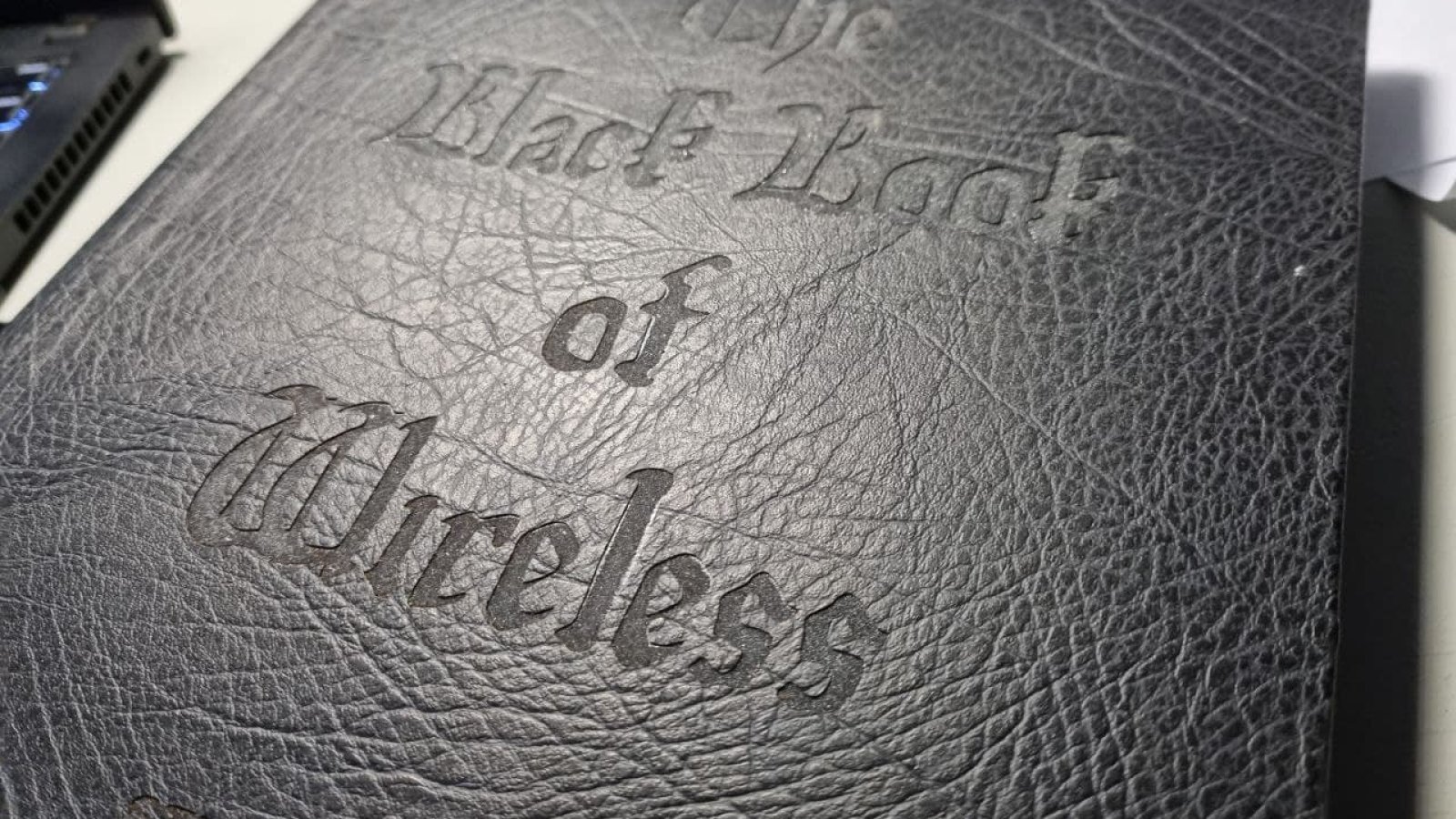

The Black Book of Wireless is intended to be a book of the dark magic that antennas and radios is, with pages that are circuits and PCB trace antennas (copper traces on PCB material) and of which some examples are shown in this iteration.
The piece tries to describe the physical connection between form and function in high frequency electronics such that all the traditional passive electronic components can be implemented with just the shape of copper on a substrate: a resistor being the thickness and length of trace, a capacitor a gap in a trace, a coil literally being a spiral or coil shaped trace and more obscure shapes like filters, couplers, transmission lines. The more obscure parts of this is things that are not fully understood or even if you can model and simulate how you think they will behave you have to try them out to see how they actually behave. For examples in the pictures see e.g. the UWB antennas that look like little faces or funny cartoon shapes and the fractal antennas with funny shapes and turns trying to maximize their length in a finite space or the Vivaldi antennas curved shapes where the maximum and minimum gaps between the copper bodies define the range of frequencies the antenna is tuned for while not even being connected the input – the input is on the opposite side of the PCB being coupled and in that way conveying the received signal.
Black Book of Wireless receives and decodes radio signals present in the local environment such as Air Traffic transponders for airplanes flying past, AIS transponders from ships, GSM communication between local cell towers and phones, Wifi communication between devices and base stations. Decoded information as well as description of other artefacts such as pcb trace antennas and a software radio system that can be a rogue GSM baase station (the white beagle bone and the white usrp software radio board with gsm antennas) is continuously printed on terminal style min screens distributed across the table.